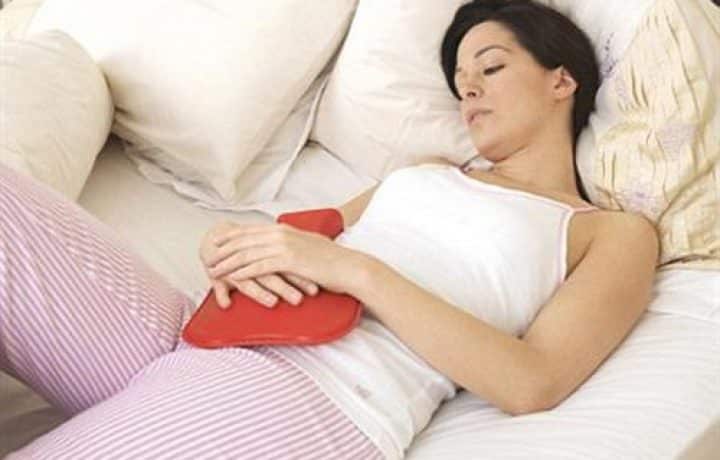The chances are that when you hear the word acupuncture you think of charts showing a maze of lines running over the body and called meridians, along which are scattered dozens or even hundreds of acupuncture points. If you know a little more about it you may be aware that these points have extraordinary names (Crooked Spring, Sea of Blood), and you may also have heard of outlandish ideas such as yin and yang and the law of five elements. You may find all this either fascinating or repellent, but in either case you are likely to assume that learning acupuncture is a daunting task probably requiring years of study and practice. This view would be confirmed by conversation with people who have actually studied the traditional system, who will probably emphasize the need to adopt a completely new mental outlook before the principles of acupuncture can be adequately grasped.
I start from a different position: acupuncture is easy to learn and practise. This surprising statement is based on certain assumptions, the main one being that you are a conventionally trained Western health professional. If you are, you already possess, without realizing it, most of the skill and knowledge you need to practise acupuncture; all you have to do is to learn to apply it. You are, in fact, in the position of Molière’s Monsieur Jourdain, who found that he had been speaking prose all his life without realizing it.
The word acupuncture means simply ‘piercing with a sharp instrument’, and so, by definition refers to the use of needles to alleviate symptoms or cure disease. In most people’s minds, however, it denotes the elaborate system of needle treatment that grew up in China over many hundreds of years, and it may come as a surprise to you to learn that there is also a form of acupuncture that makes use of modern concepts. This course is concerned with modern rather than traditional acupuncture, but it would be a mistake to try to separate the two approaches too completely.
Western enthusiasts for traditional acupuncture often cling tenaciously to the ancient theories and practices and make a point of emphasizing how different acupuncture is from conventional Western medicine. And, as often happens with other forms of alternative medicine, acupuncture often becomes for such enthusiasts more than a mere method of treatment; it takes on a mystical aura, even though this was not a feature of the traditional system.
The ancient Chinese were remarkably pragmatic thinkers, and their modern descendants are certainly very receptive to new ideas in acupuncture; they have indeed introduced a number of innovations of their own. Certainly they are in no way hostile to studying acupuncture scientifically or to trying to explain it in modern physiological terms. They show, in fact, a notable degree of flexibility in their thinking, which is often not matched by Western advocates of traditional Chinese medicine.
It appears that Chinese doctors today generally have little knowledge of the ancient theories. Since the cultural revolution younger Chinese are no longer able to read the old texts with any ease, and are increasingly unfamiliar with the traditional ideas. For better or worse, therefore, modern Chinese doctors tend to look on acupuncture simply as a practical form of treatment without troubling about its traditional theoretical underpinning, and thus are in much the same case as their Western counterparts.
The main differences between the traditional and modern versions of acupuncture can be summarized like this:
TRADITIONAL
- Follows rules laid down in the past
- Based on pre-scientific ideas
- Practical rather than mystical but often appeals to Westerners interested in mysticism
MODERN
- Largely ignores the old rules
- Based on modern anatomy and physiology
- No element of mysticism
